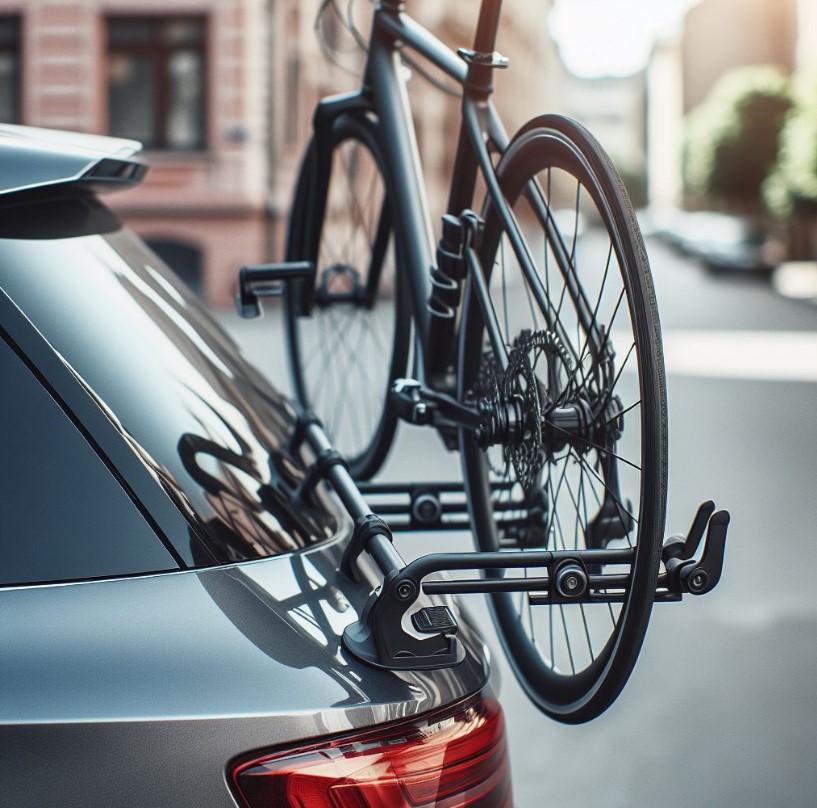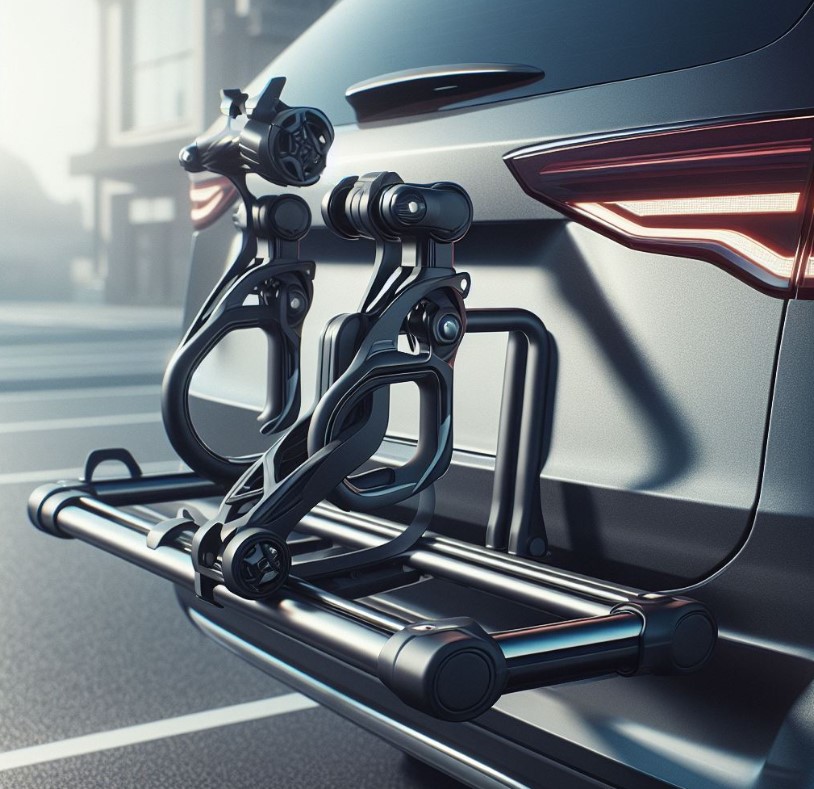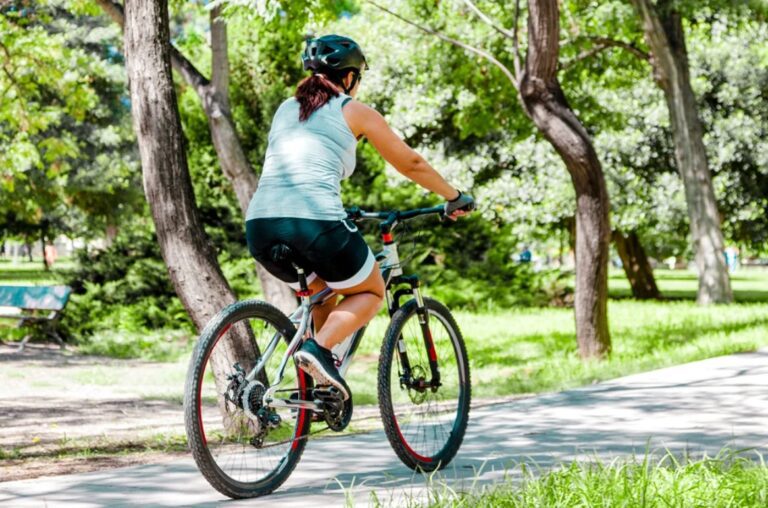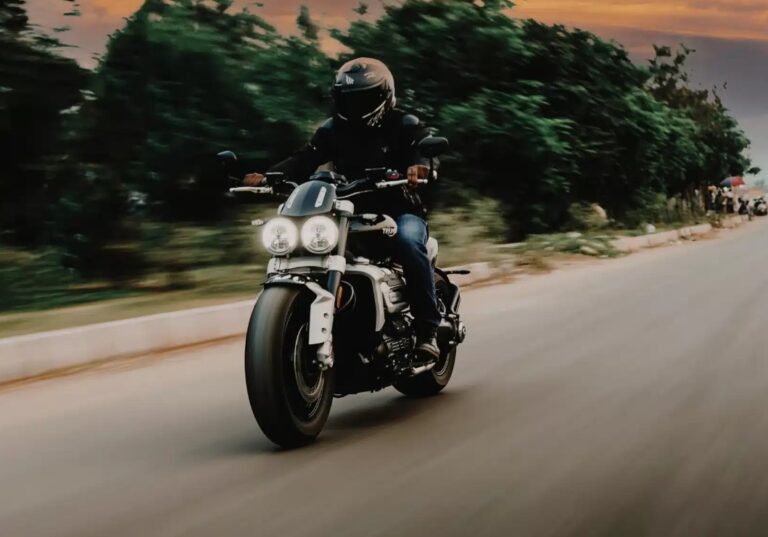Do Bike Racks Damage Your Car? Quick Answer
Exploring the use of bike racks reveals a blend of convenience and concern among vehicle owners. The question, “Do Bike Racks Damage Your Car?” underscores a widespread dilemma, balancing the love for cycling with the care for one’s vehicle. This article delves into the nuances of bike rack usage, types, and preventative measures to safeguard your car, ensuring a smooth journey for both your vehicle and your bicycle.
Key Takeaways
- Proper installation and use of bike racks can significantly reduce the risk of damage.
- Choosing high-quality bike racks and accessories is crucial for vehicle safety.
- Regular maintenance of both the rack and the car’s contact points is essential.
Do Bike Racks Damage Your Car?
Yes, bike racks can potentially damage your car if not chosen carefully, installed properly, or used correctly. However, with the right precautions and maintenance, the risk can be significantly minimized.

Types of Bike Racks and Associated Risks
Trunk-Mounted Racks
Trunk-mounted racks are popular for their affordability and ease of installation. However, they pose the highest risk for scratches and pressure points on the car’s surface. The straps and contact points need regular inspection to prevent damage.
Roof-Mounted Racks
Roof-mounted racks offer a secure way to transport bikes but require careful loading and unloading to avoid scratching the car’s roof. They can also affect the vehicle’s aerodynamics and fuel efficiency.
Hitch-Mounted Racks
Hitch-mounted racks are known for their stability and minimal contact with the car body, reducing the risk of damage. Nevertheless, incorrect installation can lead to issues with the vehicle’s rear access and potential safety hazards.
Preventing Damage from Bike Racks
Proper Installation and Use
Correctly installing and using bike racks is paramount to prevent damage. This includes following manufacturer instructions, regularly checking the rack’s fit, and ensuring bikes are securely mounted.
Regular Maintenance and Care
Routine maintenance of both the bike rack and the car’s contact points can prevent wear and tear. This involves cleaning and inspecting the rack for damage and protecting the car’s paint with padding or protective film.
Choosing the Right Bike Rack
Factors to Consider
Selecting the right bike rack involves considering the vehicle type, the number of bikes, and the frequency of use. High-quality racks with positive reviews and a good track record for safety should be prioritized.
Recommendations
Consulting with professionals and reading up on the latest models can guide you to the best choice for your needs. Brands known for their durability and customer support are often worth the investment.
Impact on Car’s Value and Aesthetics
Resale Value
Visible damage from bike racks can affect the car’s resale value. Maintaining the car’s appearance and integrity is crucial for car enthusiasts and those looking to sell in the future.
Aesthetic Considerations
For many, the car’s aesthetic is as important as its functionality. Choosing bike racks that complement the vehicle’s look while being practical is a balancing act worth considering.
Is It OK To Leave Bike Rack On Car?
Leaving a bike rack on your car for extended periods is generally OK, but it’s important to consider several factors. First, prolonged exposure to the elements can lead to wear and tear on the rack itself, potentially affecting its durability and functionality.
Weather conditions like rain, snow, and sunlight can degrade the materials of the bike rack over time. Additionally, if the rack is not in use, it can unnecessarily expose your vehicle to potential theft or vandalism.

Moreover, a permanently mounted rack, especially those that are not aerodynamically designed, can slightly increase fuel consumption due to increased air resistance.
It’s also worth noting that some parking facilities may have height restrictions that could be problematic with a roof-mounted rack. For these reasons, it’s advisable to remove the rack when not in use for long periods, ensuring both the rack’s and your vehicle’s longevity and security.
Will Trunk Bike Rack Damage My Car?
A trunk bike rack has the potential to damage your car if not used correctly. The most common types of damage include scratches, scuffs, and sometimes dents on the car’s paint where the rack attaches to the trunk or comes into contact with the vehicle.
These issues usually arise from improper installation, lack of proper padding at contact points, or carrying bikes that exceed the rack’s weight capacity. Dirt and debris trapped between the rack and the car’s surface can also act as an abrasive, leading to scratches.

To minimize these risks, ensure the rack is properly installed according to the manufacturer’s instructions, regularly cleaned, and equipped with adequate padding. Additionally, checking the rack and the contact points on the car for dirt and debris before installation can help protect the vehicle’s paintwork.
Do Bike Racks Affect Gas Mileage?
Yes, bike racks can affect gas mileage, particularly roof-mounted racks. The impact on fuel efficiency comes from the increased aerodynamic drag that the rack introduces.
When a bike is mounted on the roof, it disrupts the airflow over the vehicle, increasing resistance and, consequently, fuel consumption. Studies have shown that roof-mounted bike racks can reduce fuel efficiency by up to 10-15% on the highway.
Hitch-mounted racks, while still affecting gas mileage, tend to have a lesser impact compared to roof-mounted systems because they do not significantly alter the vehicle’s aerodynamics.
To minimize the effect on fuel consumption, consider removing the rack when not in use, opting for aerodynamic rack designs, or choosing rear-mounted racks which generally have a smaller impact on gas mileage.
Conclusion
The relationship between bike racks and cars is one of mutual respect; with the correct approach, you can enjoy the best of both worlds without compromise.
By selecting the appropriate rack, adhering to installation guidelines, and employing protective measures, you can protect your vehicle from damage.
Remember, the key to a damage-free experience lies in informed choices and regular maintenance, ensuring your adventures on two wheels don’t leave a mark on your four-wheeled companion.
People Also Ask
What should I do if my bike rack damages my car?
If your bike rack causes damage to your car, document the damage with photos and contact the rack manufacturer if the damage may be due to a product defect or failure. For minor scratches or dents, consult a professional auto body shop for repair options. Reviewing your car insurance policy for coverage related to such damage is also advisable.
How do I choose the right bike rack to avoid damage to my car?
Choosing the right bike rack involves considering the type of car, the number of bikes, and the rack’s attachment method. Opt for racks with good reviews regarding safety and vehicle protection, and consider features like padded contact points, adjustable settings for a secure fit, and built-in security features.
Is it safe to use a bike rack on a leased or rental car?
Using a bike rack on a leased or rental car is generally safe, but it’s important to choose a rack that minimizes the risk of damage, such as a hitch-mounted rack. Always check the lease or rental agreement for any restrictions or conditions regarding modifications or attachments to the vehicle.
How does the weight of the bikes affect the potential for damage?
The weight of the bikes can increase the risk of damage, especially if the bike rack is overloaded beyond its capacity. Heavier bikes can create more stress on the rack’s attachment points and increase the potential for the rack to move or sway, which can lead to scratches or dents.

Welcome to the exhilarating world of Matt Rex, a professional car racer turned renowned vehicle enthusiast. Immerse yourself in his captivating blog as he shares heart-pounding adventures, expert reviews, and valuable insights on cars, trucks, jets, and more. Fuel your passion for speed and discover the beauty of vehicles through Matt’s engaging stories and meticulous expertise. Join the ever-growing community of enthusiasts who find inspiration and expert advice in Matt Rex’s blog—a digital hub where the thrill of speed meets the pursuit of knowledge.







